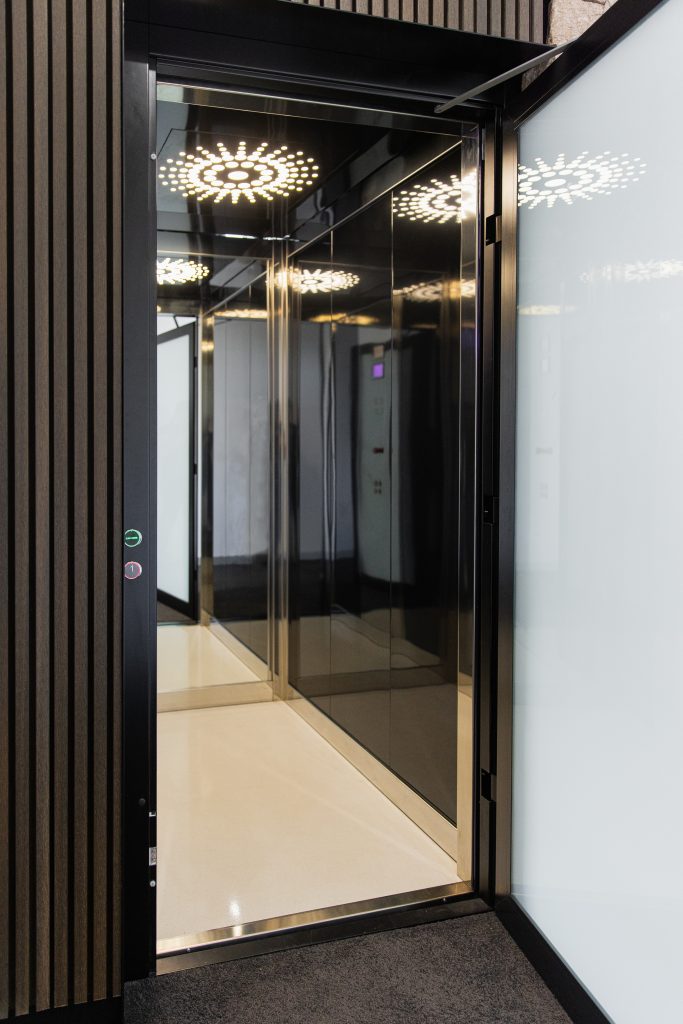Leading Lift Companies in London: Supplying Exceptional Solution and Assistance
Leading Lift Companies in London: Supplying Exceptional Solution and Assistance
Blog Article
Looking Into the Globe of Lifts: Common Issues Faced by Different Lift Systems
As we navigate with the upright transport systems of modern-day buildings, lifts stand out as a vital component of our everyday lives. From hydraulic lifts to traction systems and machine-room-less styles, each lift kind comes with its set of typical problems.
Hydraulic Lifts
Hydraulic elevators, commonly preferred for low-rise buildings, make use of fluid stress to control the motion of the lift auto (lift repair companies). This system entails a hydraulic pump pushing oil right into a cyndrical tube, causing the lift to relocate in the desired direction. While hydraulic elevators are understood for their smooth and silent operation, they do come with their own set of typical concerns
One prevalent problem with hydraulic elevators is oil leakage. The seals in the hydraulic system can break in time, causing oil infiltration. This not just develops a mess but can also impact the elevator's efficiency if left unaddressed. Furthermore, problems with the control system, such as faulty valves or a malfunctioning pump, can trigger interruptions in the elevator's motion.
Regular maintenance and timely repairs are important to guarantee the smooth functioning of hydraulic elevators. By addressing these usual issues proactively, building owners can decrease downtime and make certain the safety and security and performance of their upright transportation system.
Traction Elevators
When considering vertical transport systems in buildings, another common kind apart from hydraulic elevators is the traction elevator. Grip elevators operate making use of a system of ropes and weights that move the lift cars and truck by clutching onto the hoist ropes. This system permits for smoother and much faster upright transportation contrasted to hydraulic systems.
One of the common problems dealt with by grip lifts is rope wear. The constant activity of the ropes within the grip system can lead to put on and tear with time, potentially causing the lift to malfunction or come to be dangerous for use. Normal examinations and upkeep of the ropes are vital to ensure the lift's proper performance and safety.
One more issue that traction lifts may come across is connected to the control system. Troubles with the control system can lead to problems such as erratic motion, hold-ups in reaction times, and even total closures. Regular screening and upkeep of the control system are important to avoid such concerns and ensure the lift's integrity.
Machine-Room-Less (MRL) Elevators

Among the essential components of MRL lifts is the small gearless traction machine that is set up within the hoistway. This device efficiently drives the lift auto without the requirement for bulky tools discovered in conventional grip lifts. Furthermore, MRL lifts commonly utilize a counterweight system to stabilize the automobile, further boosting their energy performance.
In spite of their advantages, MRL elevators might face difficulties related to repair and maintenance because of the constrained area for devices setup. Availability for servicing parts within the shaft can be limited, needing specialized training for technicians. Correct maintenance timetables and regular assessments are vital to ensure the continued smooth operation of MRL disabled platform lifts prices uk lifts.
Overloading and Weight Limitation Issues
Overloading and weight restriction issues are critical problems in lift operations. Lift manufacturers design lifts with specific weight capacities to ensure guest safety and security and tools long life.
When elevators are overloaded, it places too much pressure on the motor, cable televisions, and other components, possibly creating breakdowns or breakdowns. Safety and security systems such as sensors and overload sensing units remain in location to avoid elevators from relocating if they detect excess weight. Additionally, exceeding weight limits can cause enhanced energy intake and deterioration on the elevator system.
To minimize overwhelming issues, constructing managers should plainly display weight restrictions in elevators and enlighten passengers on the significance of sticking to these restrictions - lift repair companies. Routine maintenance checks by qualified technicians can likewise help make sure that elevators are running within safe weight specifications. By dealing with overloading and weight restriction problems proactively, structure owners can improve lift security and performance
Electrical System Failings
Exceeding weight limitations in lifts can not only cause mechanical issues however additionally potentially contribute to electric system failures within the lift facilities. Electric system failings are a vital concern in elevator operation, as they can create unexpected shutdowns, breakdowns, and even safety threats. One typical electrical concern is the overheating of elements as a result of too much current flow brought on by overloading the lift past its capacity. This can result in harm to the motor, electrical wiring, or control systems, causing pricey repairs and downtime.
Furthermore, power rises or variations in the electric supply can likewise interrupt the elevator's operation, affecting its efficiency and safety and security. These electric disruptions can harm sensitive elevator components such as control board, motherboard, or sensing units, causing system failures. Regular upkeep and inspections are crucial to recognize and resolve prospective electrical issues we maintain lifts without delay, making sure the effective and risk-free operation of lift systems. By adhering to weight limits and performing routine electrical system checks, structure owners can mitigate the risk of electric failures in elevators.
Conclusion

Hydraulic lifts, typically preferred for low-rise structures, use fluid pressure to manage the motion of the lift cars and truck.When thinking about vertical transport systems in buildings, an additional common kind aside from hydraulic lifts is the traction lift. Traction elevators operate using a system of ropes and weights that move the elevator vehicle by grasping onto the hoist ropes. Unlike standard elevators that need a separate maker room to house the devices, MRL elevators integrate many of the elements within the shaft, removing the need for a committed equipment area.In conclusion, lifts face typical concerns such as hydraulic malfunctions, grip system failings, and electrical system issues.
Report this page